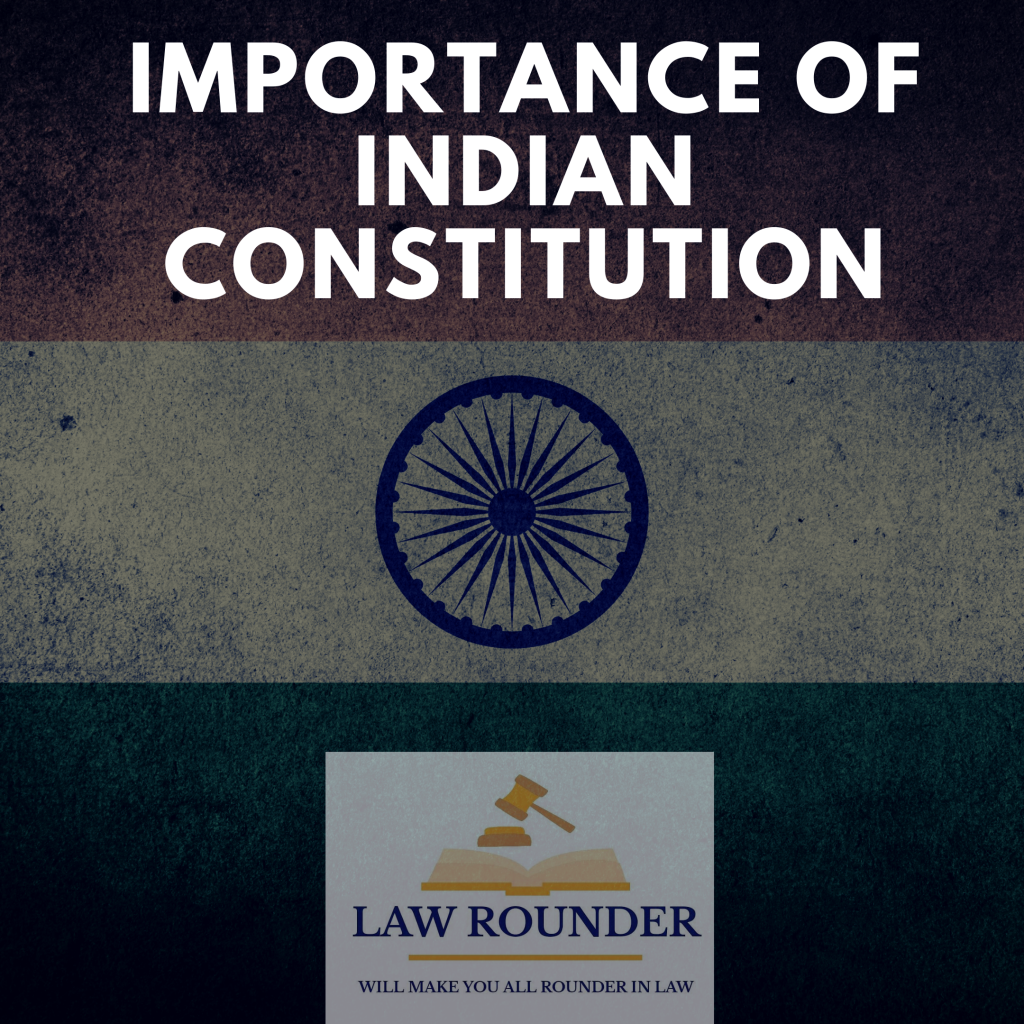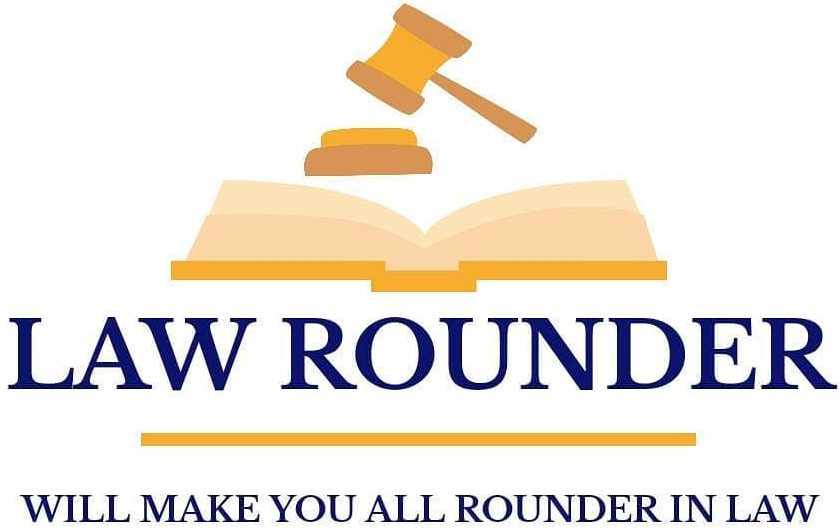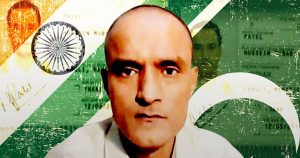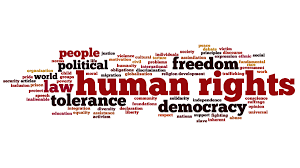
Introduction
The Constitution of India is above all and is considered as the “supreme law of India”; everyone has to work according to the Constitution. It protects the people from parliamentary supremacy (where parliament can do whatever they want and exploit people) and it imparts the constitutional supremacy. Parliament cannot amend the constitution; there is a very complicated process to do so. It provides procedures, rights, duties, powers of the government and people and everyone has to follow them otherwise they can be punished.
It had around 395 articles in 22 parts and 8 schedules. It consists of approximately 145,000 words, making it the second largest active constitution in the world. Currently, it has a preamble, 25 parts with 12 schedules, 5 appendices, 448 articles, and 101 amendments. It was drafted by the Constituent Assembly, which was elected by elected members of the provincial assemblies. There were 389 members in the assembly but which were reduced to 299 after the partition of India; it took almost three years to draft the constitution along with holding eleven sessions over a 165-day period. Dr. B. R. Ambedkar was a wise constitutional expert; he had studied the constitutions of about 60 countries. Dr. B.R. Ambedkar is now widely recognised as the “Father of the Constitution of India”.
As we know he studied various constitutions of other countries as well, therefore we adopted some of the features from different constitutions of different countries which are listed as below:
- From the American Constitution we adopted the Preamble, Fundamental Rights, Federal structure of the government, Electoral College, Independence of judiciary and separation of powers among the branches of government, Judicial Review, President as supreme commander of armed forces, Equal protection under law.
- From the British Constitution we adopted the Parliamentary form of government, Idea of single citizenship, Idea of rule of law, Writs, Speaker and his role, Law making procedure.
- From the Canadian Constitution we adopted the quasi federal form of government, Distribution of powers between centre and state, Residual powers retained by central government.
- From the Irish Constitution we adopted Directive Principles of State policy, Nomination of members of Rajya Sabha.
- From the French constitution we adopted the Republic and Liberty ideals, Equality and Fraternity in Preamble.
- From the Australian Constitution we adopted Freedom of trade and commerce within the country and between states, power of national legislature to make laws for implementing treaties, even matters outside normal federal jurisdiction and also Concurrent list.
- From the Soviet Constitution we adopted Fundamental Duties under article 51-A, a planning commission to oversee the development of the economy.
- From the South African constitution we adopted the procedure for amendment, and election of Rajya Sabha members.
- From the German Constitution we adopted Emergency powers enjoyed by Union, Suspension of Fundamental Rights during emergency.
- From the Government of India Act, 1935 we adopted Federal Scheme, Emergency Provisions, Public Service Commissions, Office of Governor, Judiciary and administrative details.
Several Features of the Indian Constitution which proves its importance are:
- World’s Lengthiest Constitution
It is the most lengthy and detailed constitution of any sovereign country in the world. The original constitution of India was handwritten by Prem Behari Narain Raizada in a flowing italic style. It consisted 395 articles in 22 parts and 8 schedules.
- Neither very Flexible nor very Rigid
It gives the power to the Parliament to amend or change any of the provisions by a simple majority for general legislation. But there are some provisions in the Constitution which require approval by the State Legislatures, and only by one-half of the States. The remaining provisions may be amended by a special majority of the Union Parliament, i.e. a majority of not less than two-thirds of the members of each House present and voting.
- Fundamental Rights and Remedies
The Indian Constitution guarantees certain Fundamental Rights in Part III such as Right to Equality, Right to particular freedoms, Right against exploitation, Right to freedom of Religion, and so on. All these rights are available against the State; these rights are not absolute and are subject to reasonable restrictions. Fundamental Rights are enforceable by any person whose fundamental rights have been infringed by the action of the State. The remedies for the enforcement of fundamental rights are the writs of habeas corpus, mandamus, certiorari, prohibition and quo warranto; these are also guaranteed by the Constitution. Any law which infringes the fundamental rights is bound to be declared void by the Supreme Court or the High Court.
- Fundamental Duties
The 42nd Constitutional Amendment Act, 1976 incorporated fundamental duties under Article 51-A in Part IV-A, upon the recommendations of the Swaran Singh Committee. These duties are applicable to citizens only and there is a moral obligation on the citizens to perform these duties. However, these duties cannot be judicially enforced.
- Directive Principles of State Policy
These are guidelines to the State to promote the welfare of the people by securing and protecting social order, enumerated in Part IV of the Constitution from Art. These are non-justifiable in nature i.e. not enforceable by the courts for their violation. However, the Constitution itself declares that ‘these principles are fundamental in the governance of the country and it shall be the duty of the state to apply these principles in making laws’. Hence, they impose a moral obligation on the state authorities for their application. But if they do not impose these then people cannot take any action against the government or legislature.
- Independence of Judiciary
It has provided a single system of Courts for the Union as well as the States which oversee both Union and State laws, and the Supreme Court heads the entire system. Under each High Court, there is a hierarchy of other courts which are known as ‘subordinate courts’ i.e. courts subordinate to and under the control of the High Court. The most important feature which judiciary has is the power of judicial review. Legislature cannot force or interfere n the proceedings of the Judiciary.
- Universal Adult Suffrage
In India, every citizen who is above the age of 18 years has the right to vote without any discrimination on the ground of caste, race, religion, sex, literacy etc. Universal adult suffrage removes social inequalities and maintains the principle of political equality to all the citizens.
- Parliamentary Form of Government
Our Constitution introduced the Parliamentary form of Government at both Union and the States. A primary reason for the choice of this system of government was that the people had a long experience of this system under the Government of India Acts. Although the British form of parliamentary government was adopted, a hereditary ruler at the head could not be appointed, because India had become a ‘Republic’. Therefore, the Parliamentary system was to be headed by an elected President. India has a Bicameral Legislature with two houses named Lok Sabha and Rajya Sabha. In Parliamentary Form of Government; there is no clear cut separation of powers of Legislative and Executive organs. In India; the head of the government is the Prime Minister.
- Federal System with Unitary Base
Another feature of the Indian Constitution is that it confers upon a federal system with the strength of a unitary government. Though normally the system of government is federal, the Constitution enables the federation to transform itself into a unitary State. The Constitution of India provides for the division of powers between the Union and the States. Some of the features which show the federal nature of the constitution are the rigidity of the constitution, written constitution, the bicameral legislature, independent judiciary and supremacy of the constitution. The federal character acquires unitary features whenever an emergency is proclaimed; the normal distribution of powers between the centre and the states undergoes major changes.
- Single Citizenship
Normally, a citizen of a federal state has dual citizenship as there are two sets of government, but India despite being a federal state follows single citizenship. Constitution of India provides for single and uniform citizenship to every individual in the country. There is no concept of State citizenship as there is no distinction between the citizens of two or more states. No state in India can discriminate any citizen on the basis of his place of birth or residence. Moreover, in India, an individual has the right to move to any part of the country or live anywhere in the territory of India except certain places. Kashmir is an exception to this rule, only the permanent residents of Kashmir can acquire land and property in Kashmir. However, this provision is temporary and will be abolished when Kashmir will be completely integrated into India.
- Emergency Provisions
The President has been given the power to tackle the unusual situations where the security of any part or whole of India is threatened, to maintain the sovereignty, unity, and integrity of the nation. Whenever an emergency is imposed the Centre enjoys all the power and the States become subordinate. Our Constitution provides emergency provisions for the purpose of protection against any condition where the security of India or any part thereof is threatened by war or external aggression or armed rebellion. Part XVIII of our Constitution contains the emergency provisions for the three different kinds of emergencies: (i) National Emergency, (ii) State Emergency and (iii) Financial Emergency.
- Equality
It prohibits the practice of untouchability in any form and lay down that no citizen shall be denied access to any public place, of the enjoyment of any amenity or privilege, only on the ground of religion, race, caste, sex or place of birth.
- Special Privileges for Minorities
It provides special provisions for minorities, Scheduled Castes, Scheduled Tribes and Other Backward Classes. It not only provides reservation of seats for them in the Parliament and the state legislature but also gives them special rights. Our Constitution provides them with various opportunities under the fundamental rights for their survival. The main purpose of these provisions is to uplift the minorities so that they are at par with the majority and there is no discrimination of any kind among the citizens.
- Rule of Law
The concept of ‘rule of law’ was borrowed from the British Constitution. It states that no man is above the law and all individuals are subject to the jurisdiction of the courts. Absence of arbitrary power is the first essential of Rule of Law upon which our whole constitutional system is based. Governance must be by rule, and not arbitrary, vague and fanciful. Under our Constitution, the Rule of Law pervades over the entire field of administration and every organ of the state is regulated by Rule of Law.



